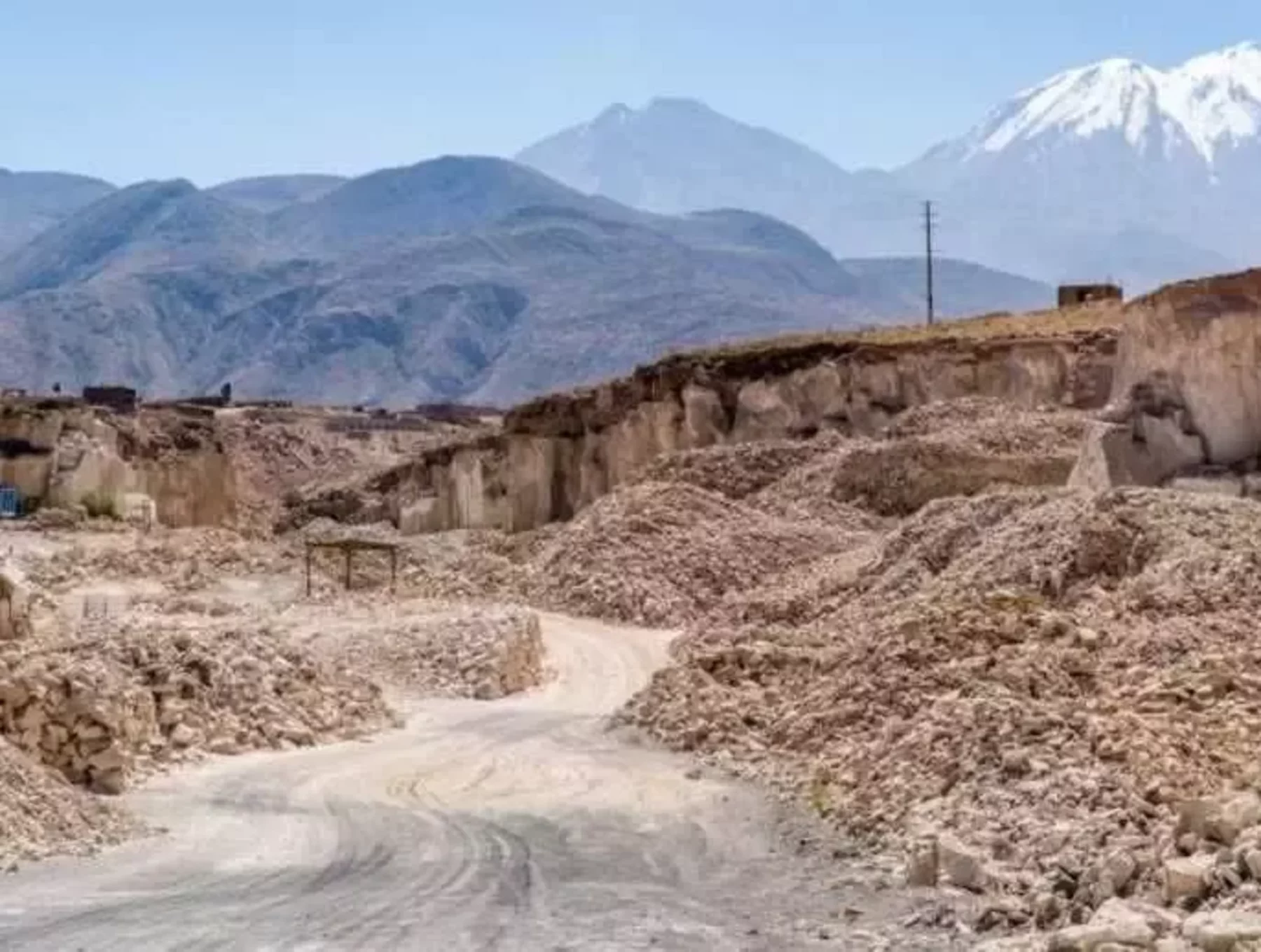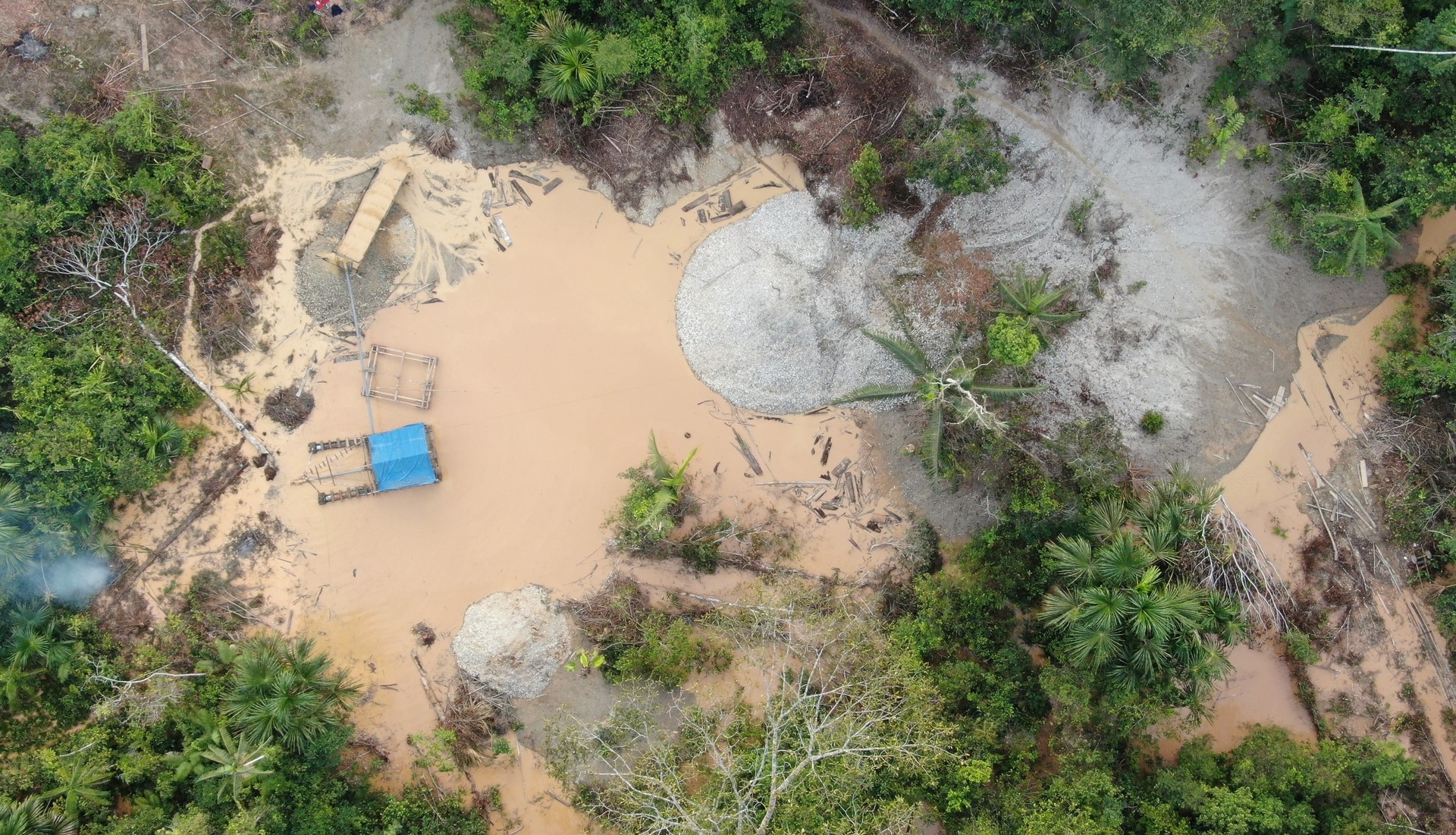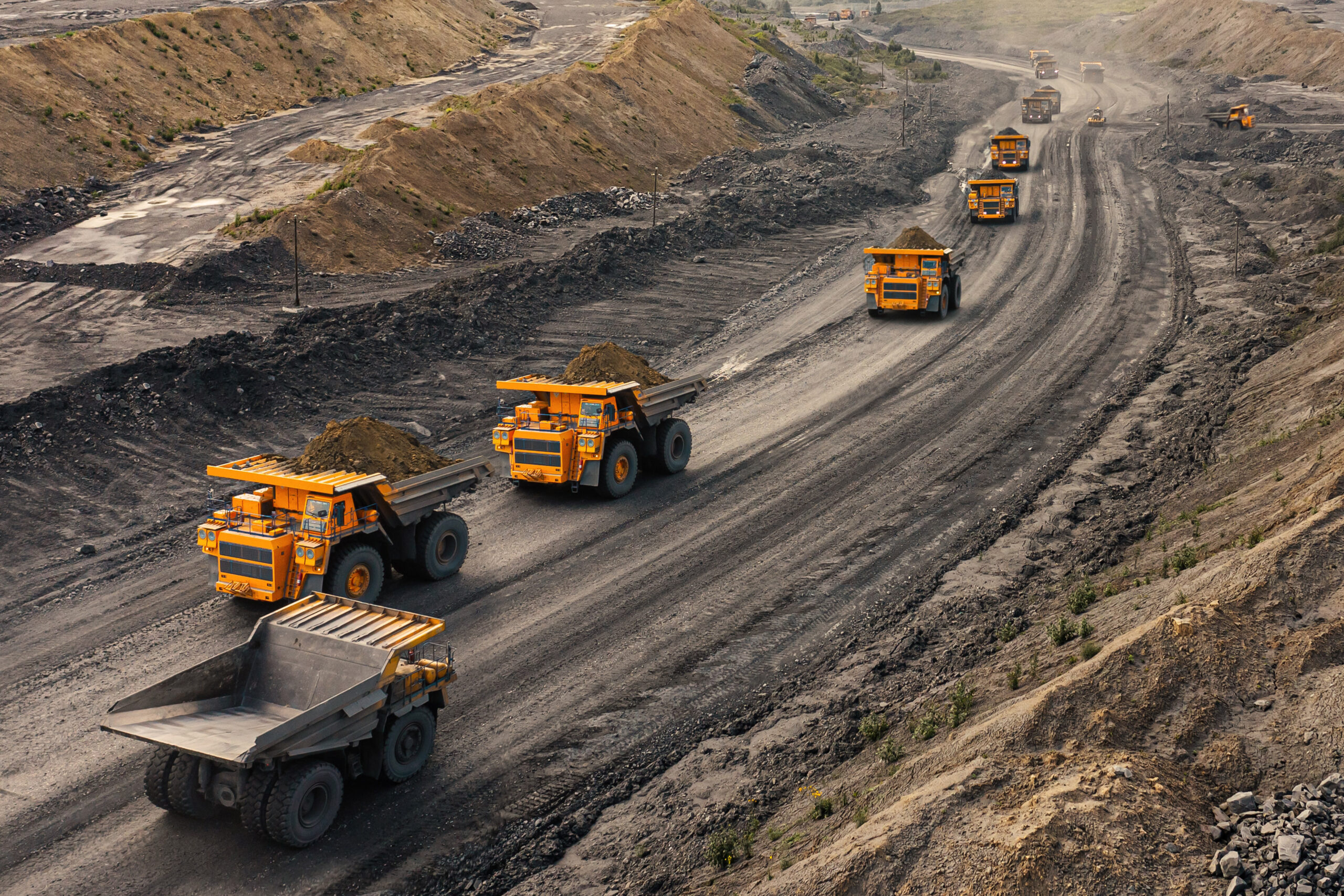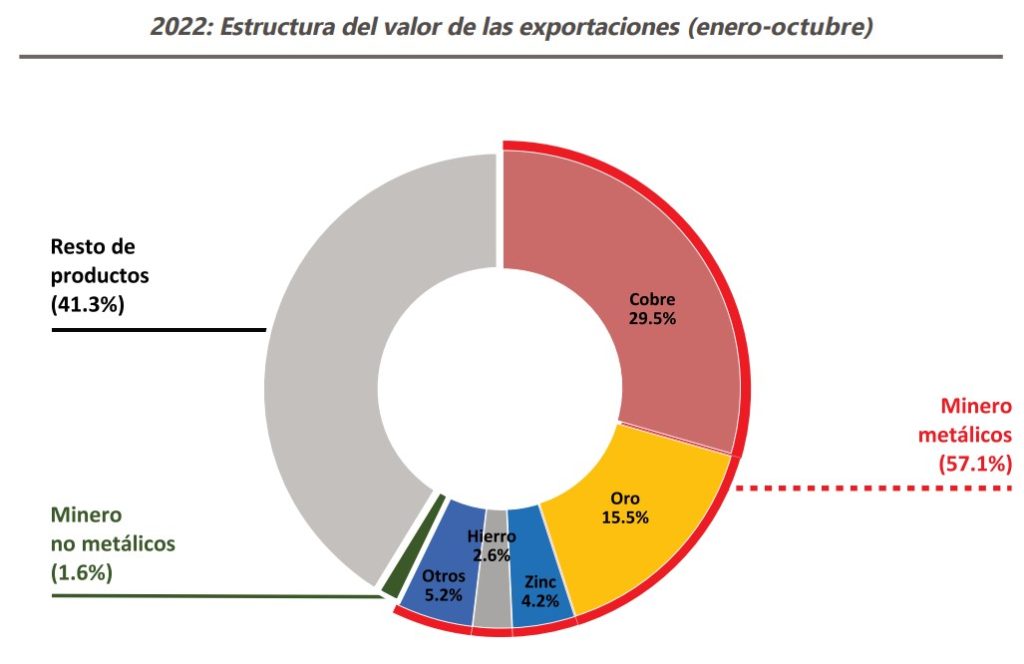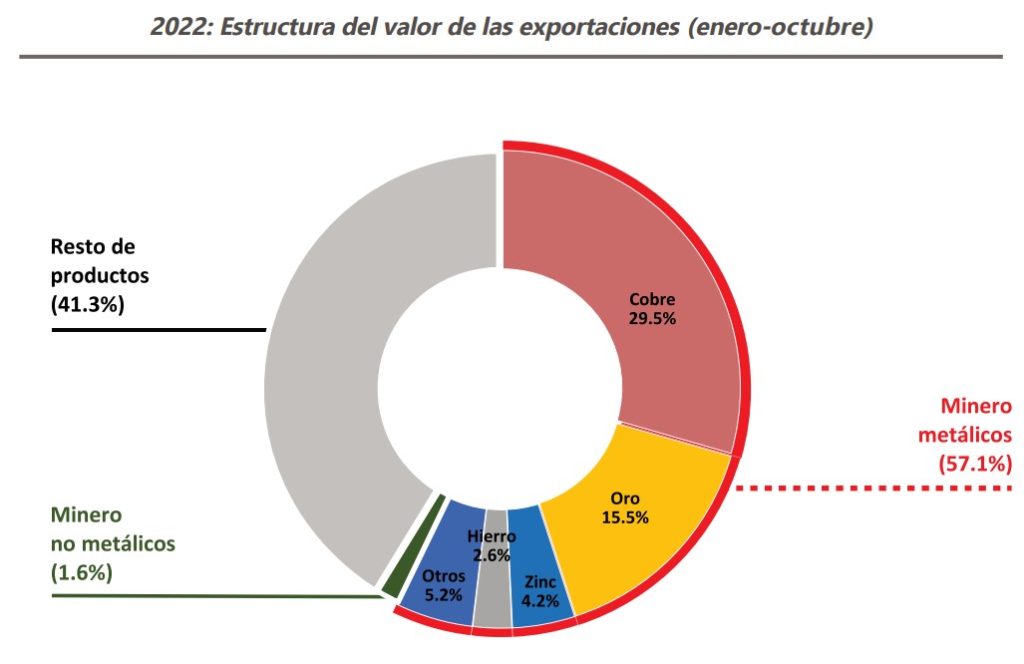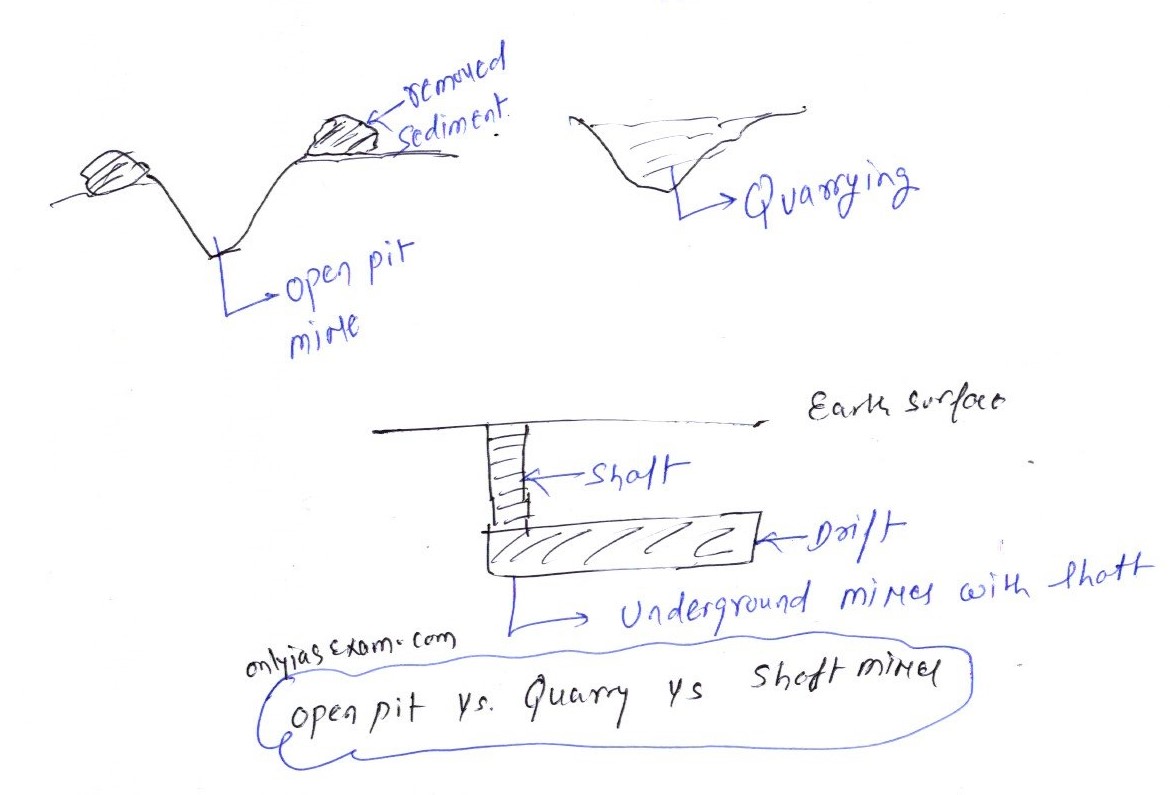Did you know that mining activities in Peru have a significant impact on the local communities? In this article, we will explore how these communities benefit from the mining industry in Peru. From economic growth to infrastructure development, the positive effects can be felt far and wide.
When it comes to mining activities in Peru, local communities reap various advantages. Firstly, mining brings job opportunities, allowing community members to secure stable employment and provide for their families. Additionally, the revenue generated from mining activities can be reinvested into the community, funding essential services like healthcare, education, and infrastructure projects.
But it doesn’t stop there! Mining activities also contribute to the growth of small businesses in the area. With increased demand for goods and services, locals can start their own enterprises and enjoy the economic benefits that come with it. From restaurants and shops to transportation services, these businesses thrive due to the mining industry’s presence.
So, if you’ve ever wondered how mining activities benefit local communities in Peru, keep reading! You’ll be amazed by the positive impact it has on the lives of the people living there.
Mining activities in Peru can have various positive impacts on local communities. Some of the key benefits include:
- Job Creation: Mining operations provide employment opportunities for locals, boosting the economy and reducing unemployment.
- Infrastructure Development: Mining companies often invest in improving roads, schools, healthcare facilities, and other infrastructure in the area.
- Economic Growth: Local communities benefit from increased business activity and increased revenue from mining-related taxes.
- Skills Development: Mining projects often provide training programs, equipping locals with valuable skills for future employment.
- Social Investment: Mining companies may contribute to community development projects, enhancing the overall quality of life for residents.
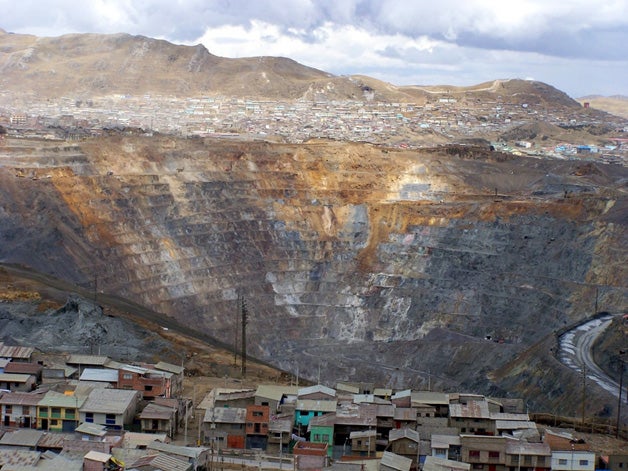
How do Local Communities Benefit from Mining Activities in Peru?
In Peru, mining activities play a significant role in the economy and have the potential to bring numerous benefits to local communities. From job creation to infrastructure development, mining can have a positive impact on the livelihoods and well-being of these communities. This article aims to explore the different ways in which local communities in Peru benefit from mining activities.
1. Economic Boost and Job Creation
Mining activities contribute significantly to the economic growth of local communities in Peru. The industry stimulates business opportunities and creates jobs, both directly and indirectly. Mining companies require a wide range of services, such as transportation, construction, and catering, providing employment opportunities for local entrepreneurs and workers. Additionally, mining companies often invest in local training programs to enhance the skills of community members, improving their employability not only within the mining sector but also in other industries.
Furthermore, the revenues generated from mining activities contribute to the development of local infrastructure, including schools, hospitals, and roads. The increased economic activity resulting from mining can stimulate the growth of small businesses, attracting more investment and improving the overall quality of life in the community of mining activities in Peru.
The benefits of mining extend beyond immediate economic gains. Mining companies often establish community development programs that focus on long-term sustainability. These programs support education, healthcare, and social initiatives, empowering local communities to thrive even after mining operations cease.
2. Indigenous Rights and Cultural Preservation
Indigenous communities in Peru have a unique cultural heritage, and mining activities can present both challenges and opportunities in preserving their traditions. Responsible mining practices involve consulting and respecting the rights of indigenous groups, ensuring their participation in decision-making processes that affect their land and territories.
Mining activities in Peru recognize and pay tribute to the cultural significance of their host communities. They often provide financial support for cultural festivals, the promotion of indigenous crafts, and the preservation of ancestral knowledge. By enabling indigenous communities to maintain their cultural identity while benefiting economically, mining activities can foster cultural resilience and pride. Indigenous rights and cultural preservation must be protected.
It is important to note that establishing positive relationships between mining companies and indigenous communities requires ongoing dialogue, transparency, and a commitment to social and environmental responsibility. When done correctly, mining can be a catalyst for social and cultural empowerment.
3. Environmental Conservation and Sustainable Development
Mining activities in Peru are increasingly incorporating sustainable practices to minimize their environmental impact and promote the conservation of natural resources. Companies are investing in research and development to improve extraction techniques, reduce waste, and recycle materials. Additionally, they are implementing measures to restore and rehabilitate mining sites after the completion of operations.
Furthermore, mining companies in Peru are working closely with local communities and environmental organizations to preserve biodiversity and protect sensitive ecosystems. They are establishing protected areas, implementing reforestation programs, and monitoring water quality to ensure the sustainability of the environment.
By integrating environmental conservation into their operations, mining companies aim to create a balance between economic development and the well-being of local communities. This approach contributes to the long-term sustainability of the region, benefiting both present and future generations.
4. Social Development and Community Empowerment
Mining activities can drive social development and empower local communities by providing access to essential services and infrastructure. The revenues generated from mining operations can be used to fund education initiatives, healthcare programs, and social services that contribute to improving the quality of life in the community.
Moreover, responsible mining companies prioritize community engagement and participation. They collaborate with community leaders and stakeholders to identify the needs and aspirations of the community, ensuring that benefits from mining activities are distributed equitably and effectively. This inclusive approach gives local communities a voice and allows them to shape the development of their own region.
Additionally, mining companies often create opportunities for local entrepreneurs and small businesses through supplier diversity and capacity-building programs. By promoting economic diversification and supporting local businesses, mining activities can foster entrepreneurship and reduce dependency on a single industry.
The Importance of Sustainable Mining Practices
Sustainable mining practices are essential for maximizing the benefits of mining activities in Peru. These practices prioritize environmental, social, and economic considerations, ensuring the long-term well-being of local communities and the preservation of natural resources.
Environmental Stewardship in Mining
Protecting the environment is crucial in mining operations. From reducing greenhouse gas emissions to minimizing water and energy consumption, mining companies in Peru are implementing innovative solutions to mitigate their environmental impact.
Empowering Indigenous Communities Through Mining
Mining companies in Peru have a responsibility to respect and empower indigenous communities. Through collaboration, dialogue, and cultural preservation initiatives, mining can be a force for positive change in these communities.
Ensuring Equitable Distribution of Benefits
Transparency, accountability, and community engagement are key to ensuring that the benefits of mining activities are distributed equitably. Local communities should have a say in the decision-making processes and actively participate in the development of their region.
Wrap-Up: In conclusion, mining activities in Peru have the potential to bring numerous benefits to local communities. From economic growth and job creation to environmental conservation and social development, responsible mining practices can positively impact the livelihoods and well-being of these communities. By prioritizing sustainable mining practices, respecting indigenous rights, and promoting community empowerment, mining companies can contribute to the long-term success and prosperity of local communities in Peru.
Key Takeaways: How do local communities benefit from mining activities in Peru?
- Mining activities in Peru create job opportunities for local community members.
- Local businesses benefit from the increased demand for goods and services from the mining industry.
- Mining companies often contribute to the development of local infrastructure, such as roads and schools.
- Communities receive royalties or taxes from mining operations, which can be used for community development projects.
- The presence of mining activities can stimulate economic growth in the region, leading to increased income for local residents.
Frequently Asked Questions
In Peru, mining activities can have multiple impacts on local communities, both positive and negative. While some communities may experience challenges such as environmental damage and social disruptions, there are also potential benefits that can positively impact the lives of local residents. Here are some common questions about how local communities benefit from mining activities in Peru:
1. How do local communities benefit economically from mining activities?
Local communities in Peru can benefit economically from mining activities through various channels. Firstly, mining operations create job opportunities, providing employment for local residents. These jobs can improve living standards and contribute to poverty reduction. Secondly, mining companies often establish partnerships with local suppliers and businesses, boosting the local economy. Additionally, mining activities can generate tax revenues for the government, which can then be invested back into the community in the form of infrastructure development, education, healthcare, and other public services.
Moreover, mining activities in Peru sometimes contribute to community development funds, which are used to support initiatives like small business incubation, education scholarships, and infrastructure projects that directly benefit the local communities.
2. What are the potential environmental benefits for local communities from mining activities?
While mining activities can have environmental impacts, there are also potential benefits for local communities. Mining companies are often required to undertake environmental monitoring and rehabilitation measures, which can help protect and restore ecosystems in the surrounding areas. Additionally, some mining operations implement sustainable mining practices, such as recycling water, rehabilitation of mining areas, and using more environmentally friendly technologies. These practices can contribute to the conservation of natural resources and the protection of biodiversity, benefiting not only the local communities but the entire region.
Furthermore, mining activities in Peru may invest in environmental education and awareness programs, which can help raise awareness about conservation among local residents. These initiatives can empower communities to actively participate in the preservation and sustainable use of their natural environment.
3. How do mining activities contribute to infrastructure development in local communities?
Mining activities can contribute to infrastructure development in local communities in several ways. Firstly, mining companies often invest in building or improving infrastructure, such as roads, bridges, and electricity grids, to facilitate their operations. These infrastructure investments can also benefit the local communities by improving connectivity, transportation, and access to basic services.
Additionally, mining companies sometimes establish social responsibility programs that include infrastructure projects aimed at benefiting the surrounding communities. These projects can range from constructing schools, hospitals, community centers, and water supply systems to upgrading existing facilities. By improving infrastructure, mining activities can enhance the quality of life and create long-lasting benefits for the local communities.
4. How do local communities benefit from social and cultural programs supported by mining companies?
Mining companies in Peru often support social and cultural programs in the communities where they operate. These programs can include initiatives such as cultural festivals, traditional craft workshops, and educational activities focused on preserving local heritage and traditions. By supporting such programs, mining companies help to promote and preserve the unique cultural identity of the local communities.
Furthermore, mining companies may collaborate with local community organizations and institutions to implement social projects that address specific community needs. These projects can cover areas like healthcare, education, vocational training, and social welfare programs. By supporting these initiatives, mining activities can have a positive social impact and help improve the well-being of local residents.
5. How do mining activities stimulate local entrepreneurship and diversification of the economy?
Mining activities can stimulate local entrepreneurship and diversify the economy of surrounding communities. Mining operations often create opportunities for local businesses to provide goods and services to the mining companies, such as equipment, transportation, catering, and maintenance services. This can lead to the growth and development of local businesses, stimulating entrepreneurial activities.
Moreover, mining activities in Peru sometimes support entrepreneurship through training programs, business development workshops, and financial assistance. These initiatives can empower local residents to start their own businesses and diversify the economy beyond mining. By promoting entrepreneurship and economic diversification, mining activities can help build resilient and sustainable local economies.
Tapping into Peru’s mining conflict – Highlights
Summary
Mining can benefit local communities in Peru by providing job opportunities and boosting the economy. It also leads to the development of necessary infrastructure and improvements in education and healthcare. However, there can be negative impacts, such as environmental damage and social conflicts. It is important for mining companies to work closely with communities and prioritize sustainable practices to ensure long-term benefits.
Overall, while mining can bring both positive and negative effects, it is crucial to find a balance that maximizes the advantages and minimizes the drawbacks. By working together, mining companies and local communities can create a win-win situation that supports economic growth and improves the quality of life for everyone involved.
Click here to read about How Does Mining For Precious Metals Differ From Other Types Of Mining In Peru?


